Home / Building Your Home / Insulation & Air Sealing

The last step in completing your new home’s energy envelope is to insulate and air seal all exterior walls and attic spaces. For frame walls and on the attic side of the Ice House Roof, we apply a light-weight, semi-rigid, soy-based spray foam. Spray foam insulates and air seals at the same time. Unlike traditional insulating materials, spray foam is less prone to gaps, compression and moisture – all of which reduce the efficiency of your energy envelope.
Additional air sealing options include installing an exterior house wrap, caulking wall joints and seams, and using Zip sheathing, which has both air and vapor barriers built in.
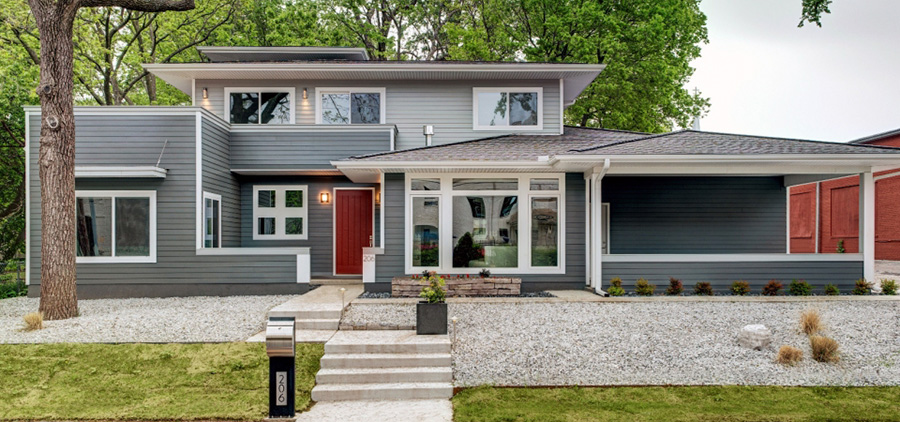
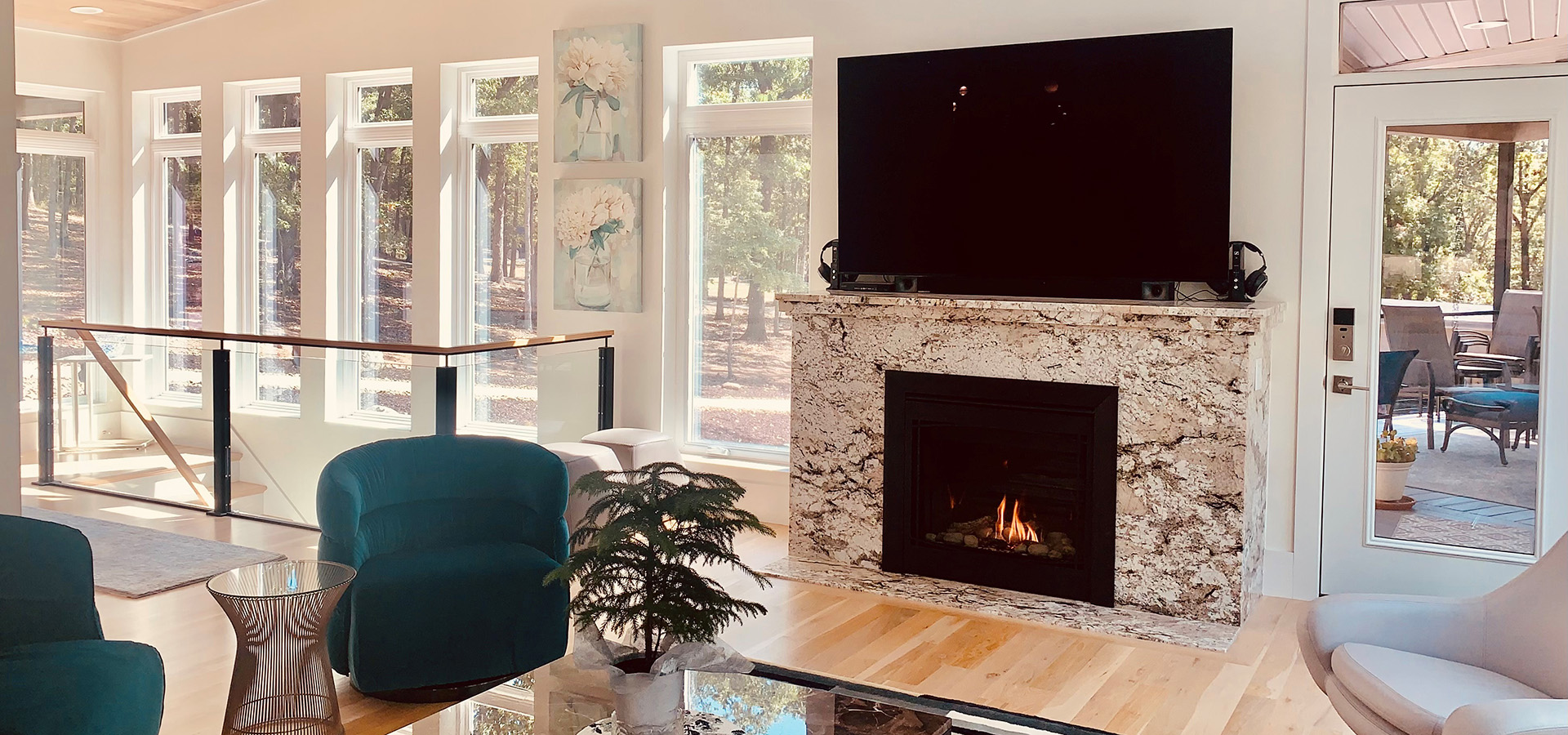
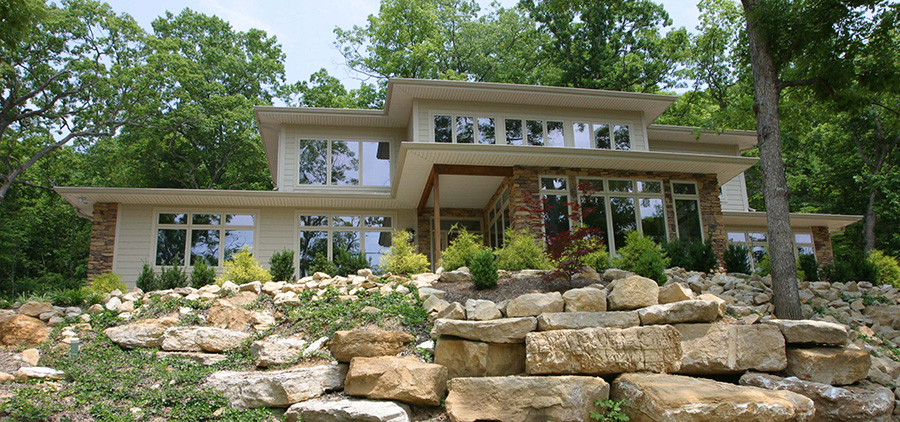
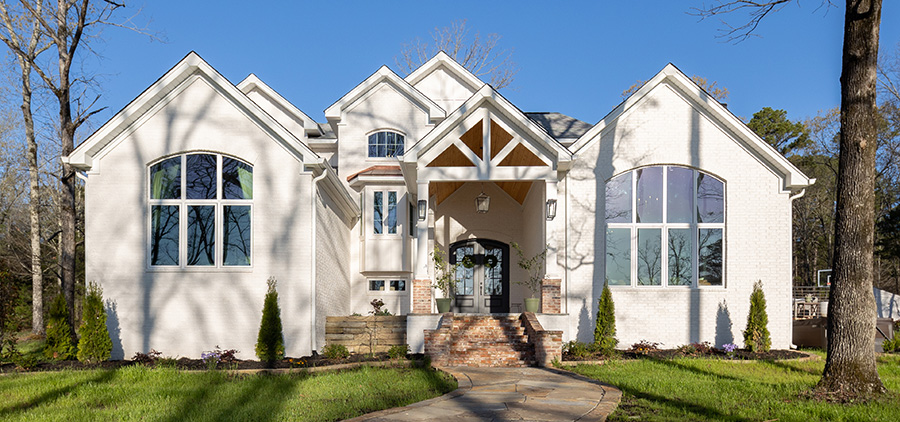
Your Stitt Project Manager inspects your home’s energy envelope to be sure hard-to-spot and easy-to-forget locations are properly insulated and air sealed. The walls behind tubs and showers, behind fireplaces, in attic knee walls and in skylight shafts are the most commonly missed areas and are nearly impossible to insulate after wall coverings are on.
Because you cannot see air leaks in your energy envelope after insulation is installed, we test your Stitt home with a blower door unit before finish materials are applied to your walls, ceilings, and floors. The blower door creates a vacuum inside your house to simulate a 30-mile-per-hour wind blowing on all six sides (4 walls, roof, and foundation) at the same time. With the vacuum established, we light a non-toxic smoke stick and walk it through your house. The vacuum forces air through existing leaks and causes the smoke to waver. With leaks identified, we seal them with spray foam and run the test again. This helps us guarantee the performance of your home’s energy shell.
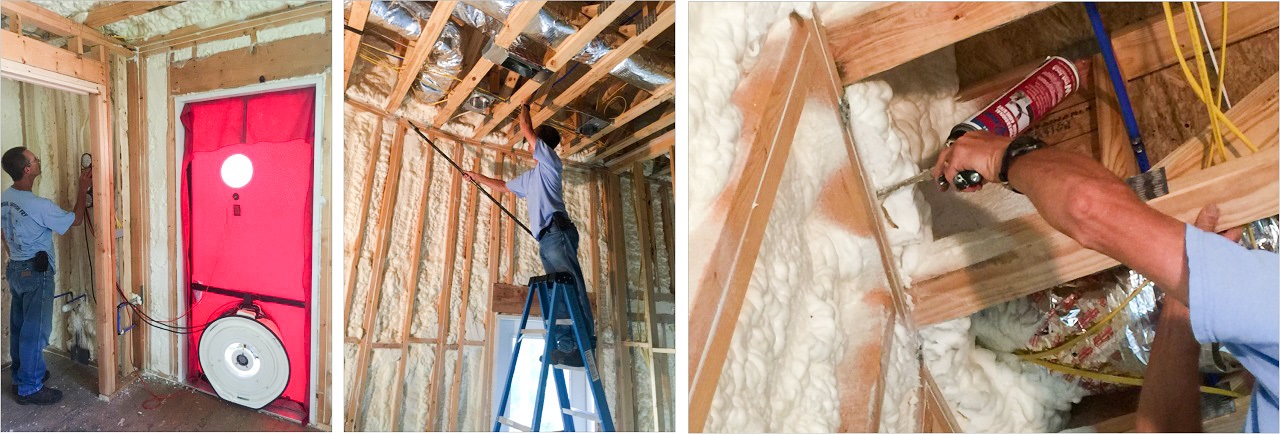
Click here to learn more about your home’s final energy test and the HERS Index.
